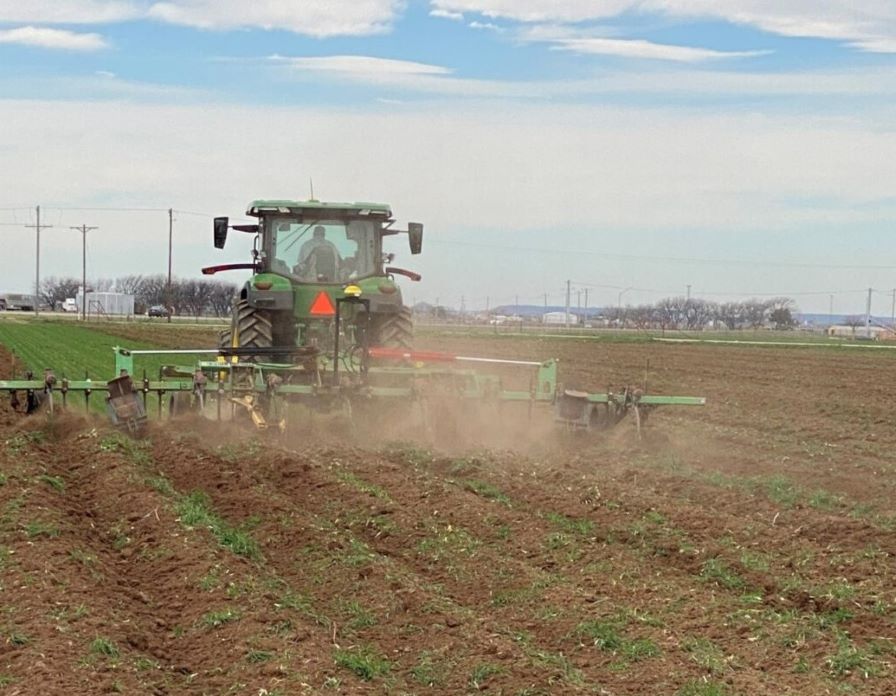India to End Cotton Export Curbs on Record Harvest
India, the world’s second-largest cotton grower and exporter, will end curbs on overseas sales in the new crop year amid forecasts for a record harvest, said a government official July 1.
“The next season, we won’t have these restrictions,” A.B. Joshi, the nation’s textile commissioner, said in an interview in Mumbai. The limits applied in April are a “very temporary measure.”
Ending export curbs “would increase competition for U.S. cotton, particularly to their next door neighbor, China,” said Mike Stevens, an independent trader in Mandeville, LA. “It should help relieve the shortage of supplies.”
India halted export registrations to cool domestic prices and bolster supplies, and then introduced a new permit system for shipments a month later. A bigger local crop and resumption in sales may pressure global cotton prices and reduce costs for Gap Inc., Wal-Mart Stores Inc. and J.C. Penney Co., which buy garments from suppliers in South Asia.
“India is a big supplier to some of the key textile- manufacturing countries who had been big importers and who had been fairly short, so this really helps them,” said Scott Briggs, an agricultural commodities strategist at Australia & New Zealand Banking Group Ltd. “This India move is pretty important.
“We’re in a pretty tight physical stocks situation, so we are probably at a level of prices where a fair bit of bullishness is already put in there over a production cost level,” said Briggs. “Anything that starts pushing us back toward a surplus is going to quickly erode that premium.”
India’s production in the year starting October 1 may reach a record as higher prices spur plantings, Joshi said. Output may total as much as 32.5 million bales in the year starting October 1, up from 29.2 million bales, D.K. Nair, secretary general of the Confederation of Indian Textile Industry, said on June 30.
“My expectation is that we will have a very good crop,” commissioner Joshi said. “We expect higher cotton output, after meeting the increased domestic demand, there would be a surplus and it will continue to be exported.”
India may increase sales to buyers including China, the biggest consumer, Joshi said. The Asian country will lift its import quota by almost 1 million tons and sell more from state reserves to meet a deficit, the China Cotton Association said.
China accounted for 57 percent of the 7.38 million bales shipped by India from Oct. 1 to June 15, according to data from the textiles commissioner’s office. Total shipments were double from the year-earlier period.
“China’s appetite is very high, so they would continue to ask for Indian cotton,” Joshi said.
Under the new permit system, about 300,000 bales that were registered before the curbs were imposed on April 19 have been permitted for sales to Bangladesh and Pakistan, the commissioner said. The remaining 500,000 bales would be cleared for shipment in the coming months, he said.
“Registered but unshipped quantities are likely to be allowed, not new contracts” in the current season, he said. Next season, the country will scrap the permit system and revert to the export registration regime,” he said.









